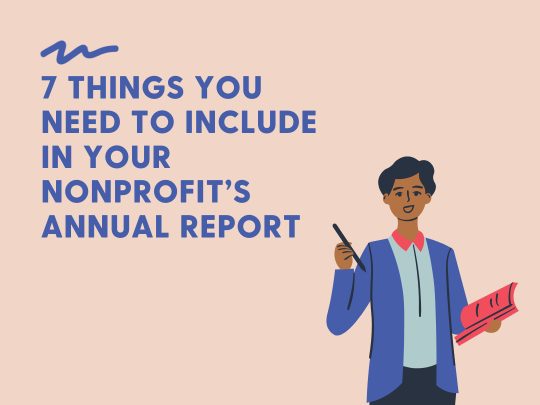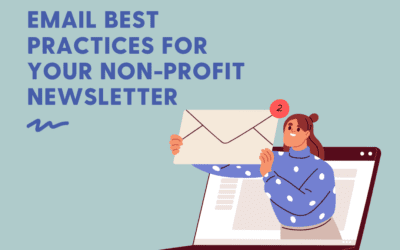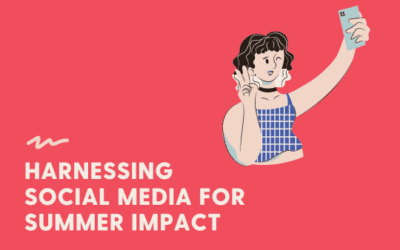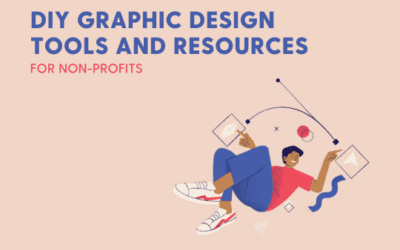Annual reports might sound like a drag, but they’re one of the best storytelling tools your nonprofit has! A well-designed report shows both accountability and celebrates the impact you’ve made over the past year. Whether you’re looking to connect with your donors, volunteers, or the wider community you serve, your annual report should be clear, engaging, and inspiring. Here’s a guide on what to include in your nonprofit’s annual report to make it practical, informative, and meaningful.
1. A Letter from Leadership
Start your report with a warm, heartfelt letter from your Executive Director, Board Chair, or both. This letter will set the tone for the report and should provide a high-level reflection on the year’s successes, challenges, and future vision. Keep it personal and authentic—this is your chance to connect with readers on a human level.
Tip: A photo of your leadership team adds a personal touch!
2. Volunteer Impact Stories & Numbers
Volunteers are probably the backbone of your organization—they are in most! Showcase volunteer contributions by sharing statistics on hours volunteered, roles filled, and achievements made possible by their dedication. Even better, include a story from a volunteer about why they’re involved and what it means to them.
3. Beneficiary Impact Stories & Numbers
Nothing speaks louder than the voices of those directly impacted by your work. Share real stories (with permission) of people whose lives have been changed. Supplement these stories with data that shows your reach—how many people you served, how services improved their desired outcomes, and any notable milestones.
4. Donor Impact Stories & Numbers
Give a shoutout to your financial supporters — whether it’s a major contribution from the year or a grassroots fundraising effort. Donors want to see how their generosity makes a difference. Share a donor’s story that stands out, and ask them why they choose to support your cause and how they feel about their impact.
5. Finances (Make It Visual!)
Transparency builds trust, so include a financial overview that’s easy to understand. Instead of overwhelming your audience with spreadsheets, use simple infographics or pie charts to show how funds were raised and allocated. Keep it clear, concise, and visually appealing.
Tip: Break it down into high level categories like programming, administration, and fundraising to give a quick snapshot of how donations were used.
6. Donor Appreciation
A little gratitude goes a long way! Dedicate a section to thanking your donors, sponsors, and partners. A donor list (if appropriate), shout-outs to corporate sponsors, and heartfelt appreciation messages help reinforce the sense of community.
7. A Clear Call to Action
The ultimate goal of your Annual Report should be the beginning of a conversation. Encourage readers to stay engaged in the way that’s most meaningful for your organization. This might mean making a donation, subscribing to your newsletter, or volunteering.
Tip: Make the next steps clear and easy to follow. Provide links, QR codes, and simple instructions for what to do!
Your annual report is more than just a summary of your year—it’s an opportunity to celebrate, engage, and inspire. Keep it visually appealing, tell compelling stories, and remember to make it accessible (consider a digital version!). Whether you go for a printed booklet, a microsite, or a simple PDF, what matters most is that your report reflects the impact of your nonprofit.
Need help designing your report? We’ve got you! We’ll help bring your story to life with a beautifully designed, easy-to-read report. Let’s chat!




